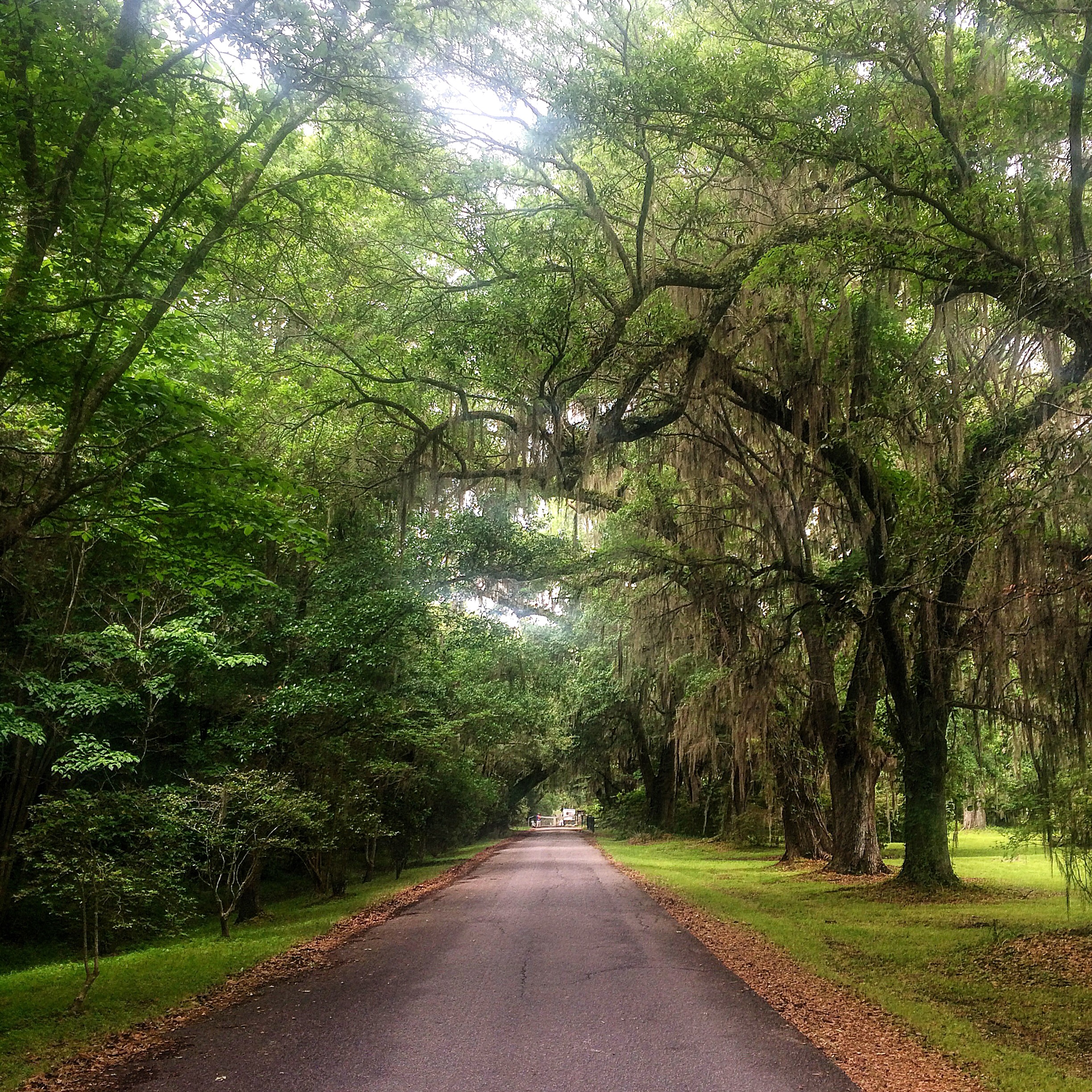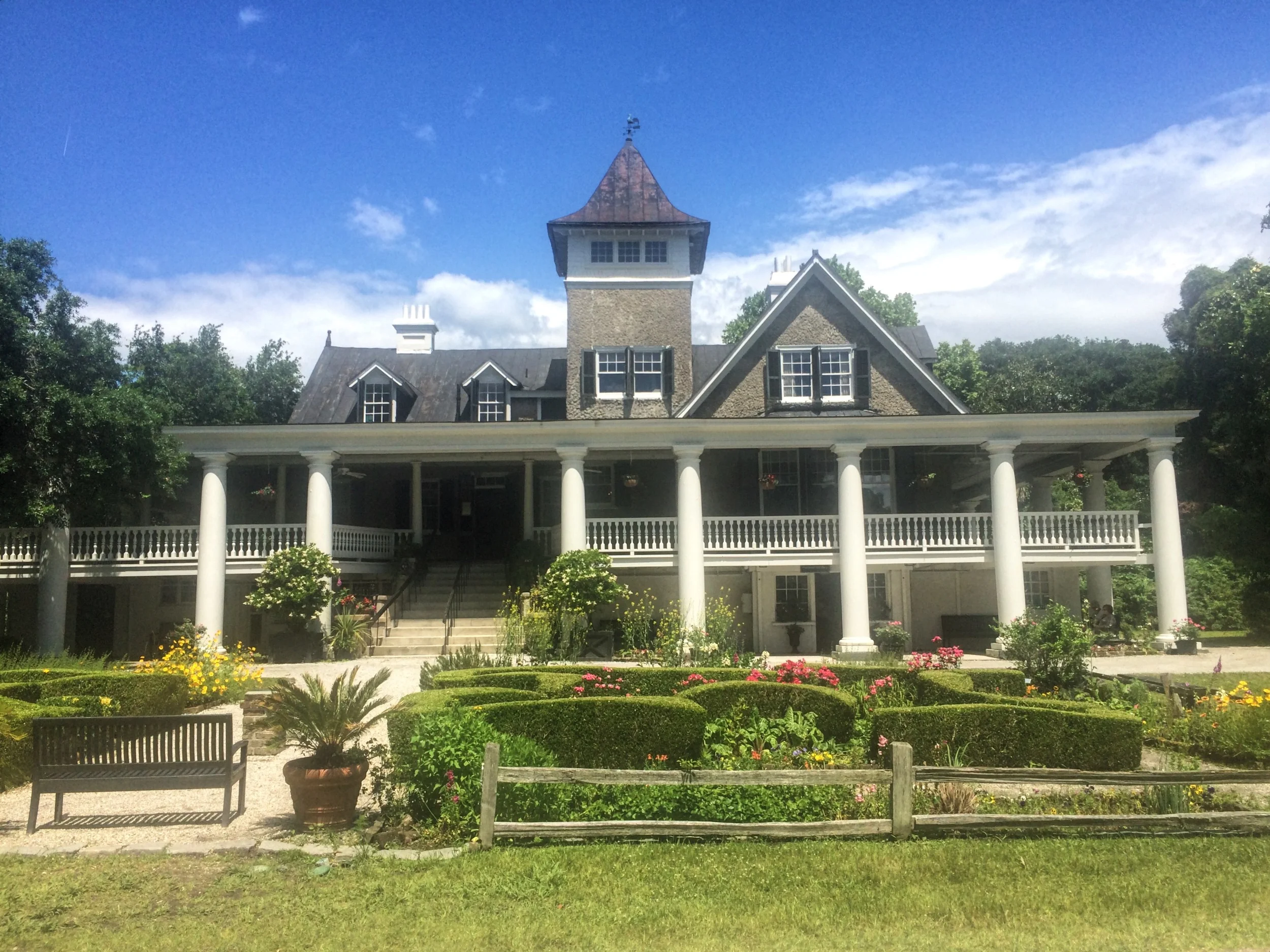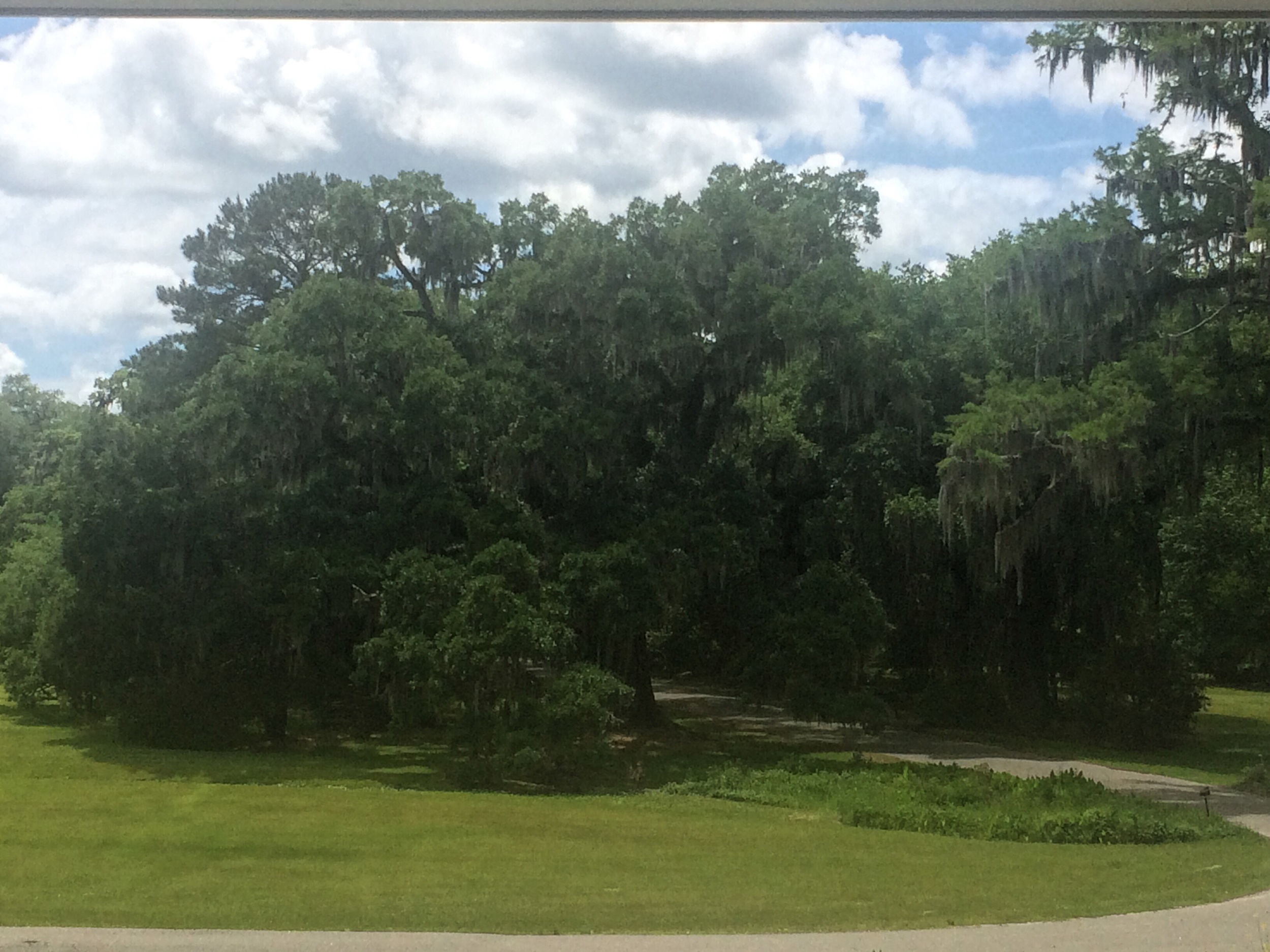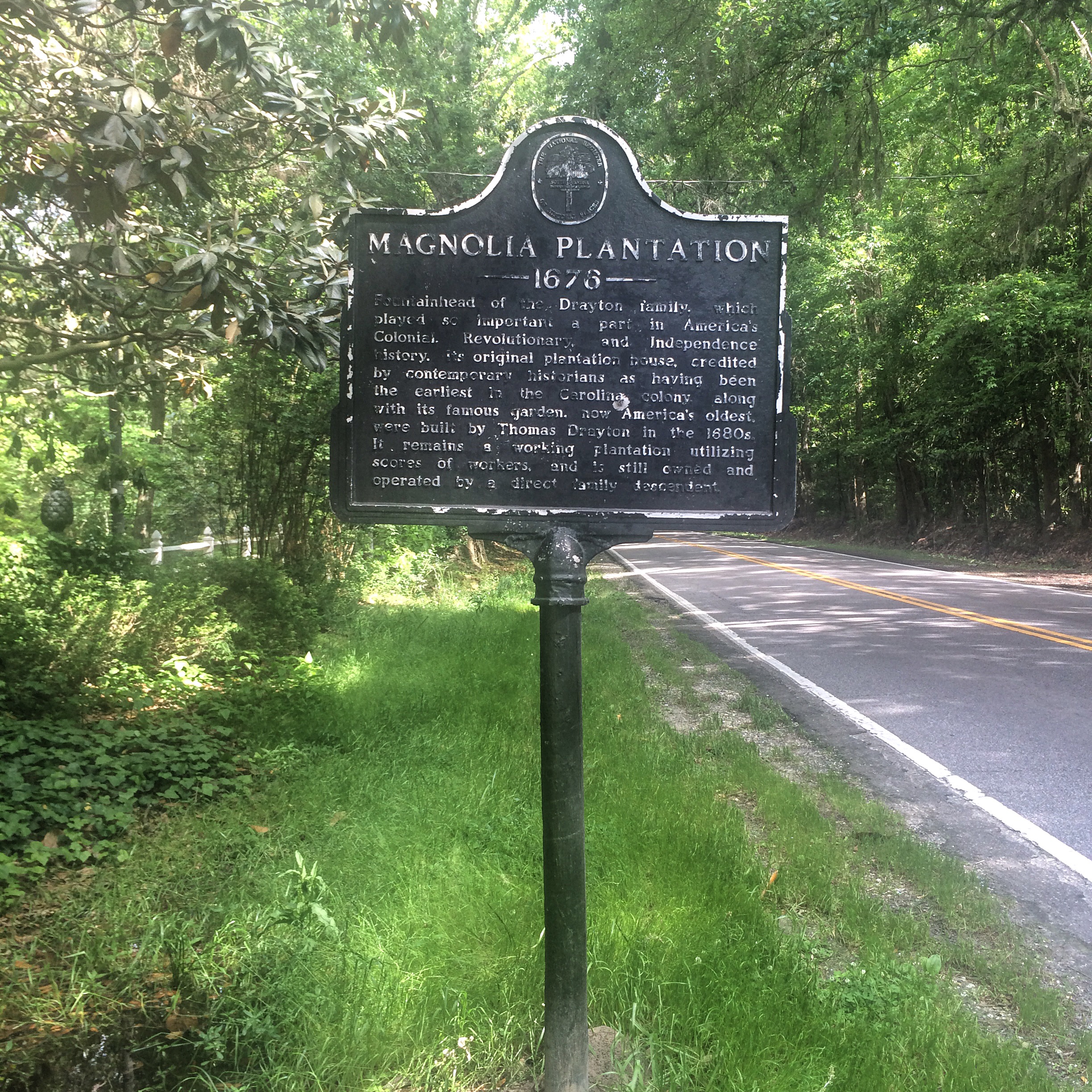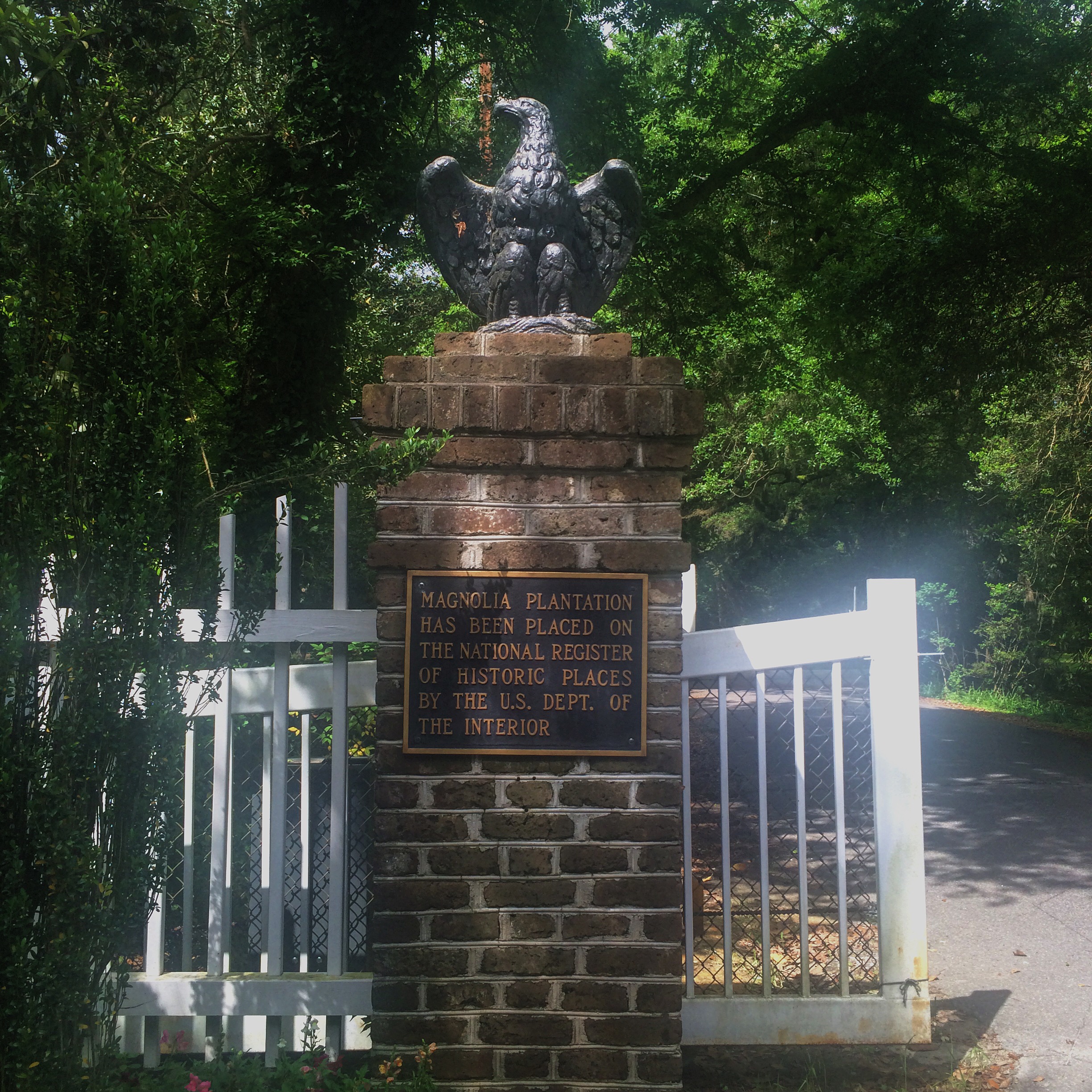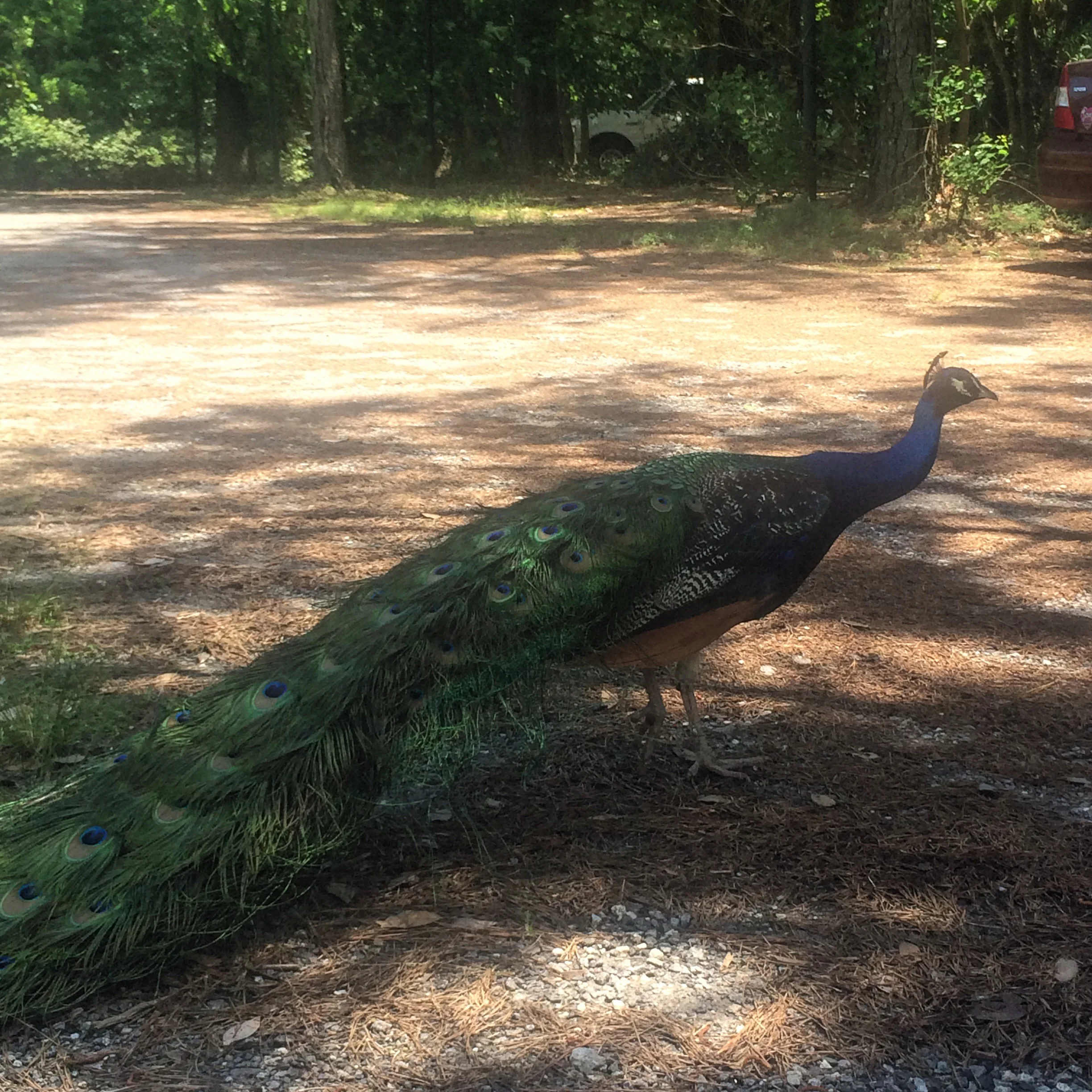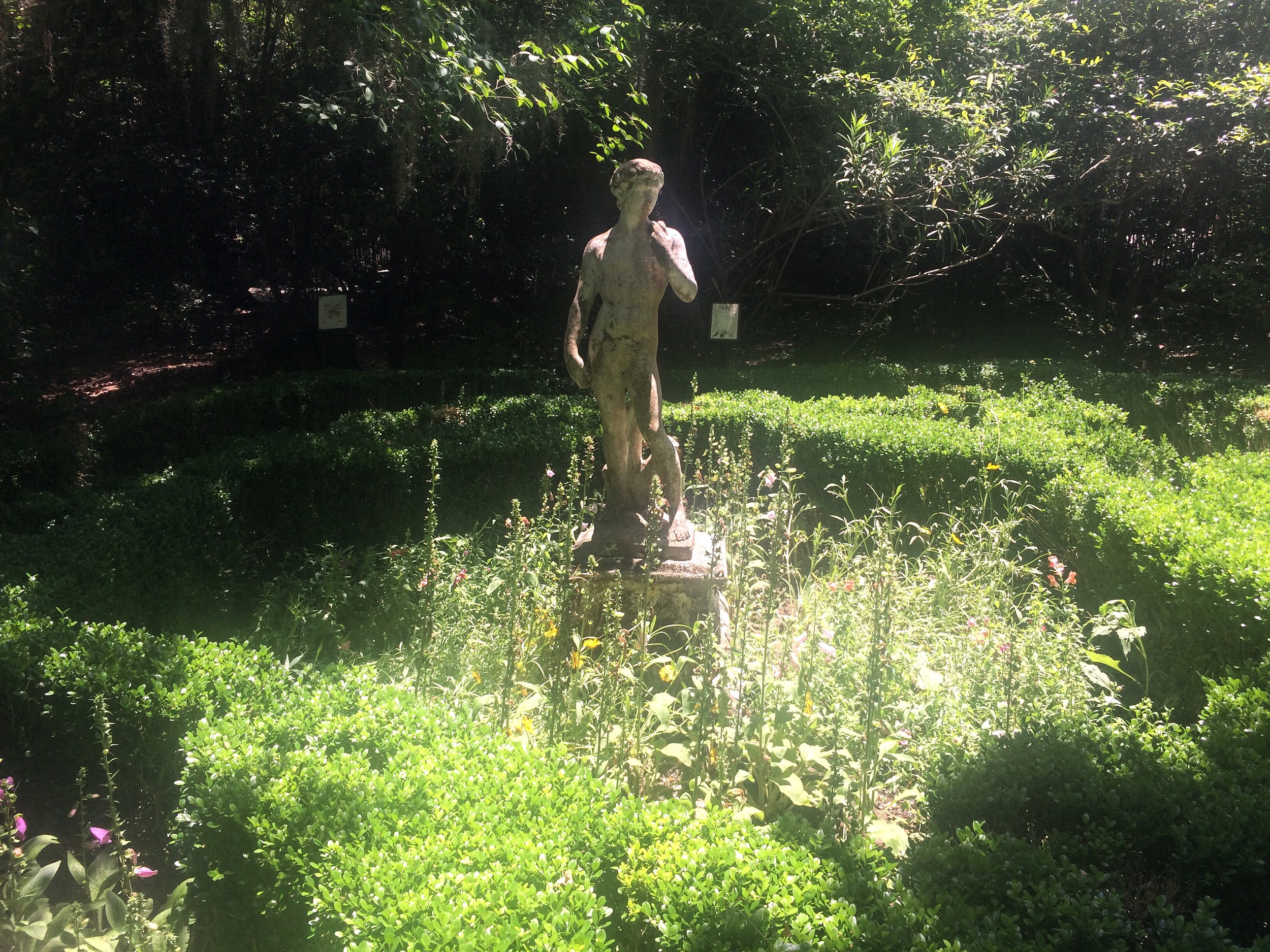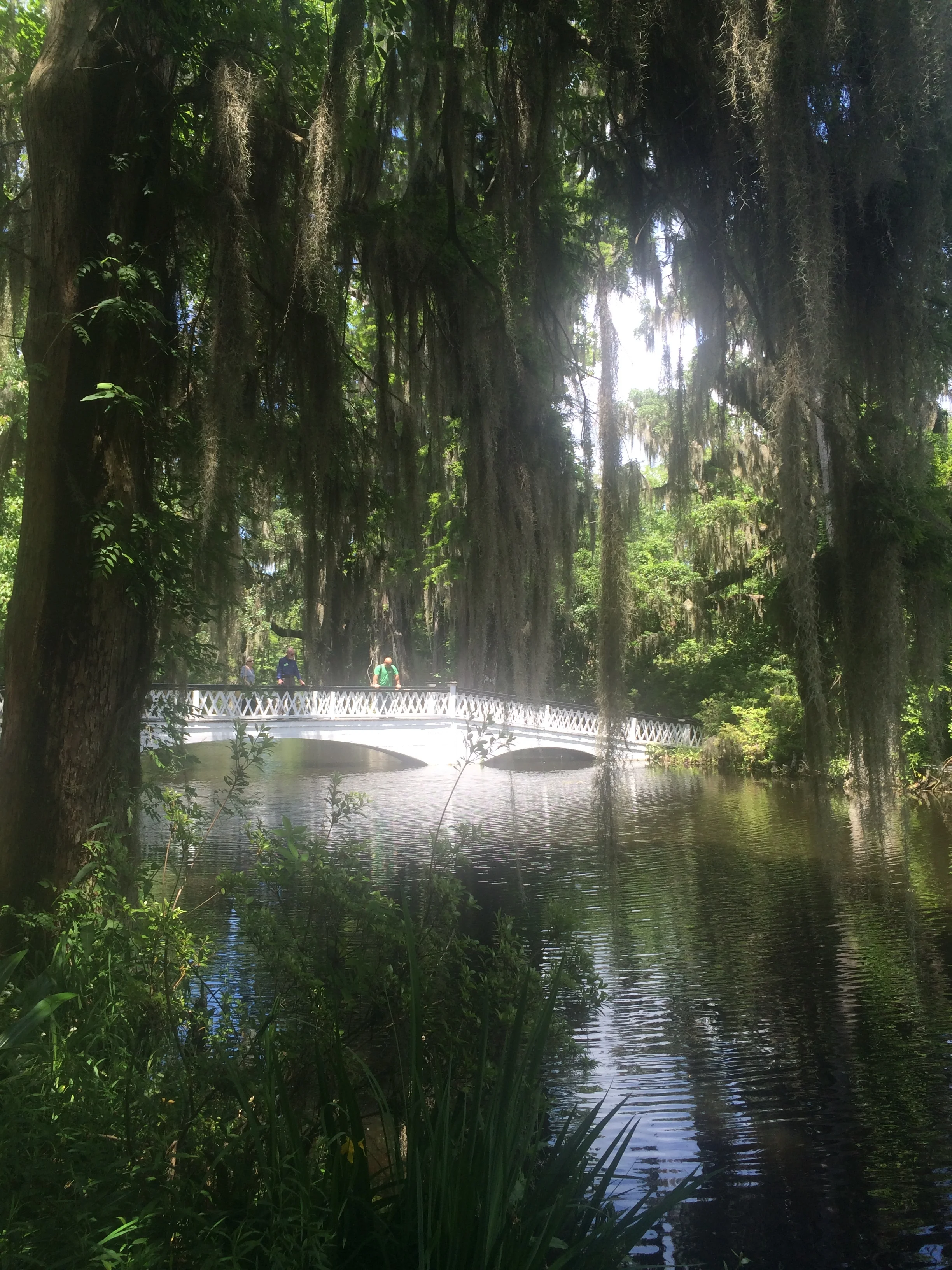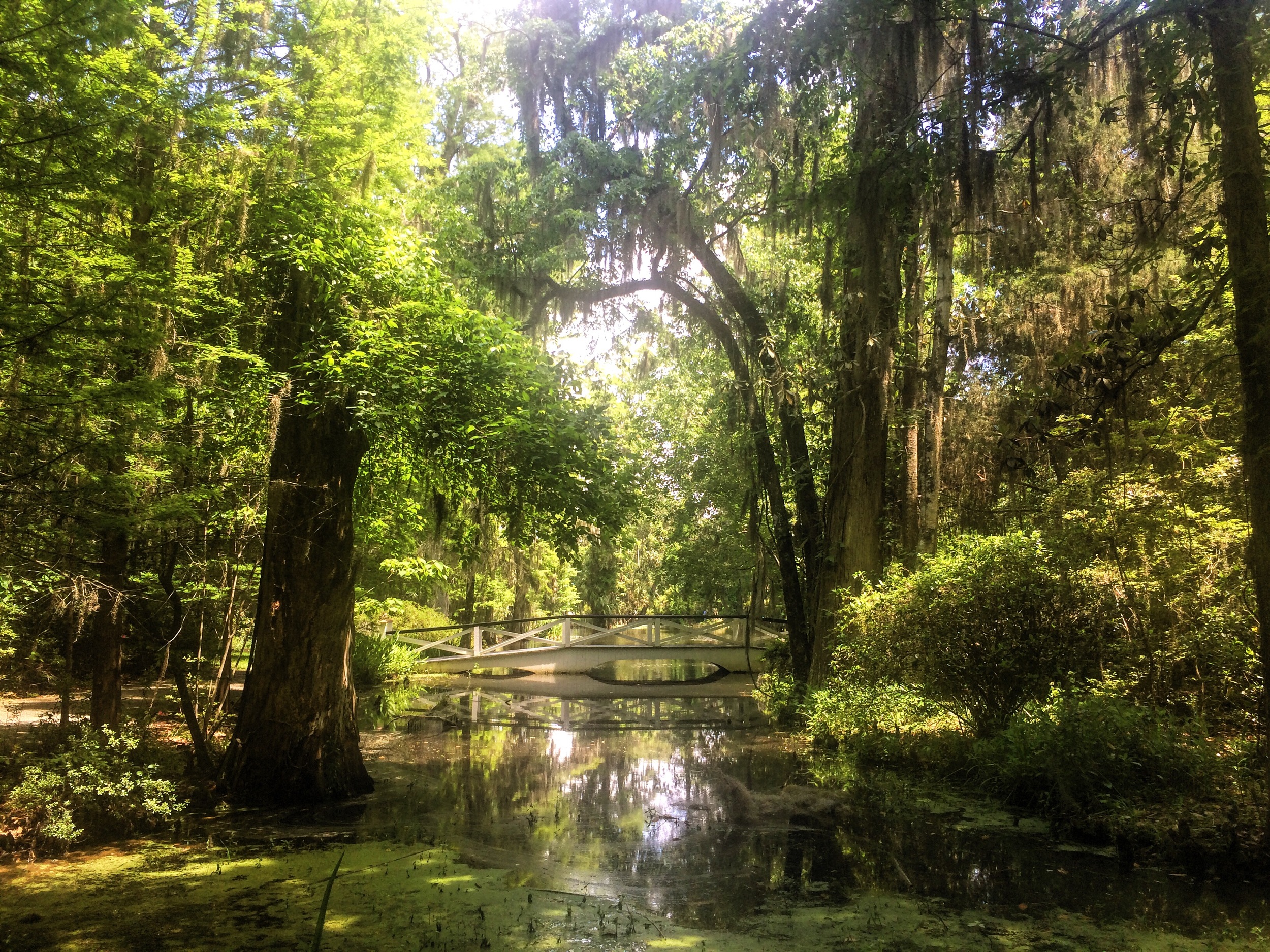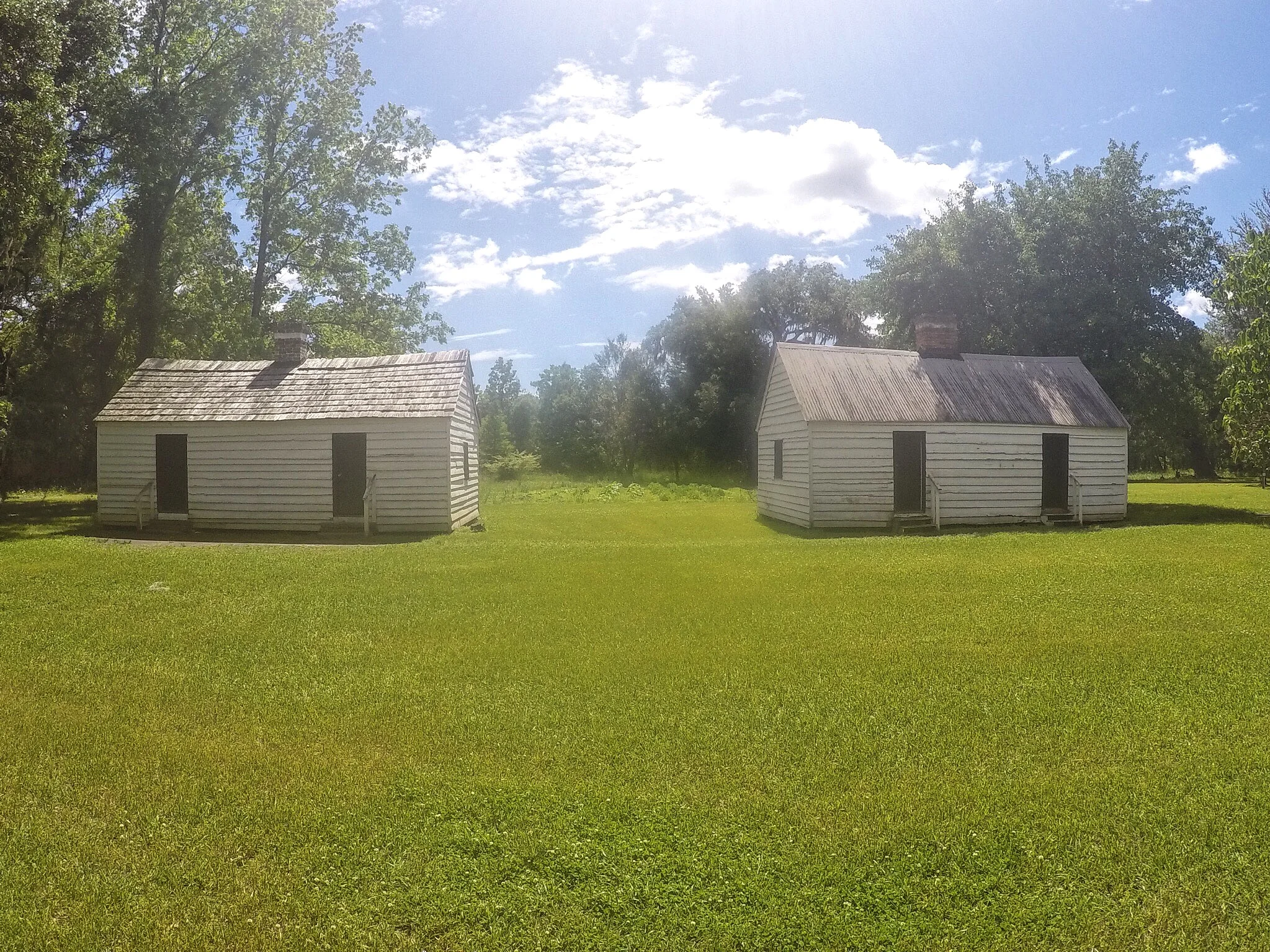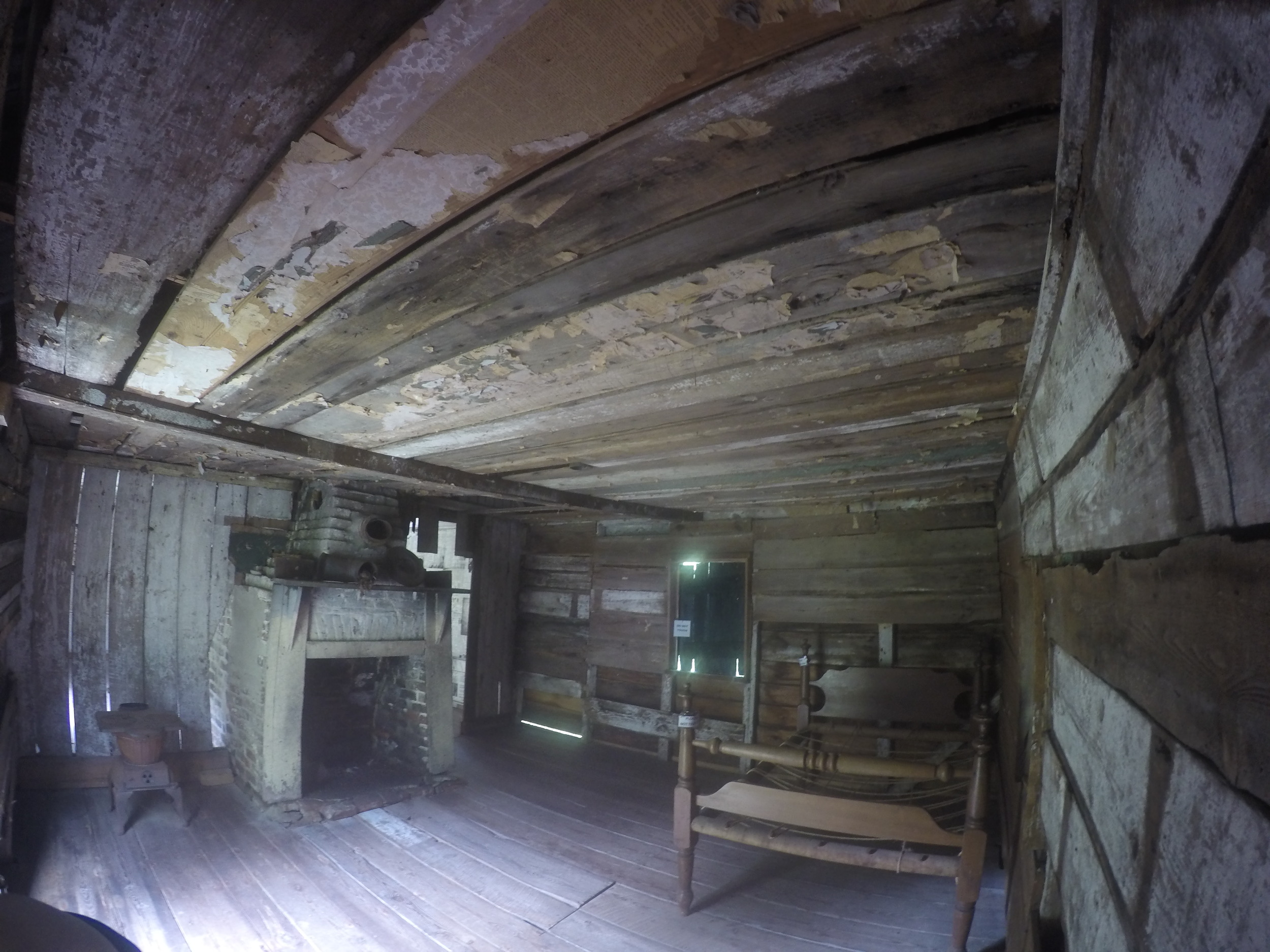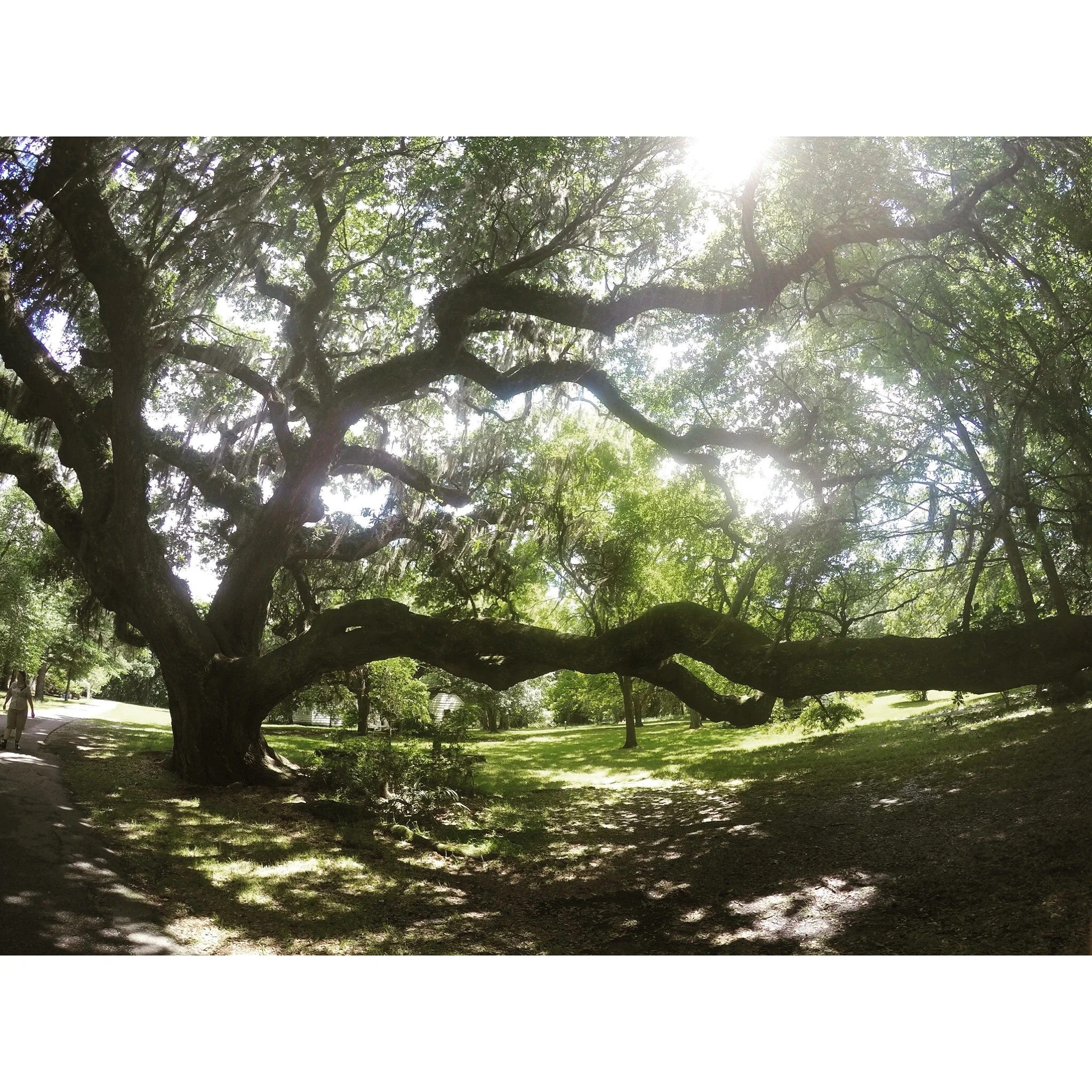I was walking through Magnolia Gardens the first time I thought about turning the #seesomeworld into a blog.
Let me explain: visiting a plantation as a Black person is a bizarre experience, but probably not for the reasons you think, like being spooked by the spirits of dead enslaved men and women. This was my first plantation visit (I’ve been to many since), and my conflict started with just paying to get in. I mean, like, the place where people once were enslaved is now a popular tourist attraction and you can host your wedding there?!!
On the other hand, plantations are very, very beautiful. The vast landscapes, the manicured gardens, the “big house” (which have all been smaller than I expected, but the standards were different at the time and “big” is subjective), it’s all nice to look at. Still, as I walked through the gardens and saw all the pretty trees and their Spanish moss, and flowers and sculptures, my mind kept wondering back to the enslaved people who were forced to work all this land, and how back-breaking it must have been in South Carolina sun. And as the guide walked up through the Big House, and everyone “oohed! And awwed!” over all the pretty things, I couldn't help trying to calculate how many bales of cotton were picked or pounds of sugar cane were hacked to afford, say the lamp, or the bed sheets, or the wallpaper.
So why do I keep going to plantations if they make me feel that way? Curiosity, mostly.
A couple years ago, I was in Maryland, sitting in the breakfast room talking to my dad about who knows what. He’s standing in the kitchen eating a popsicle and out of that conversation he just casually mentions that his father’s father, my great grandfather was born into slavery in North Carolina.
Me: Wait! What?
I’d always had 1865, the year the Civil War ended, in my head as some long ago date, like generations upon generations as in like 10, not like as in three removed. Learning that just condensed time for me in a very real way, and I became more interested in learning more about slavery. Not just the stories in books, but like what did a slave cabin look like, what did it smell like, what was the view from it? What was the day-to-day life of an enslaved person actually like? And finally, what do they tell people about slavery on plantations?
That’s how my friend and I ended up driving four-and-a half hours from Atlanta to Charleston one Friday morning. We choose Magnolia Plantation (and gardens!) because they are America’s oldest public gardens, opening in 1870. And it was 90 minutes away from our final destination, Savannah.
The Big House (1676)? Meh. I don’t remember many details other than the romantic gardens that make the place so special were a gift from the owner to his wife. Apparently, she was a city girl and hated the country. He built the gardens to make her happier. It baffles me how more trees would make a city –girl happy, but maybe it’s the thought of the grand gesture that counts.
The highlight for me was the “Cabin Tour”. Not slave cabin tour. Cabin tour. My friend and I hopped on a trolley with a college-age non-Black tour guide and a middle aged non-Black couple. The guide told us how the enslaved men and women were “like family” to the owners and she called one of the slave cabins with a small loft-like space where surely people slept, “a duplex.”
With pride, she told us how after the enslaved men and women were set free after “the war”, that so many stayed on because they loved the family and the land. Or like, maybe they had no where to go, so no choice but to stay. She happily told us about one family who lived in a cabin like generations and generations before right up into the 60s. I swear for God, one of the slave cabins has psychedelic wallpaper.
In another cabin, someone had set up a little set of speakers to play Mahalia Jackson all day. I’m not sure what the effect of that was supposed to be. It made me really, really sad. I went out and stood in the yard and looked around. Everything looked like it was in Technicolor. There was a gigantic tree. The guide insisted that’s where the enslaved men and women held church. I wondered if anyone was ever hung from it. I was staring at it, picturing Solomon Northup in 12 Years A Slave bouncing on his tip-toes trying not to die.
My thoughts had turned morbid. It was time to go.
For more information: Magnolia Plantation and Gardens
